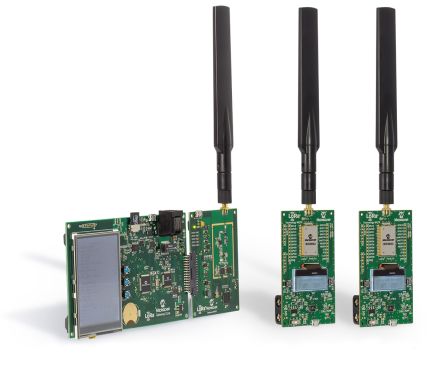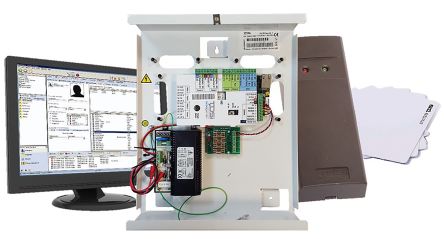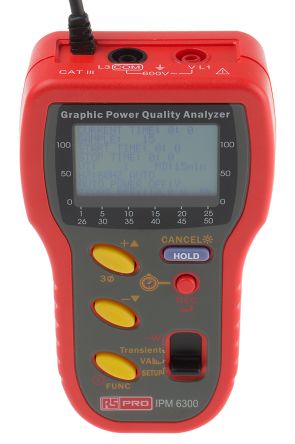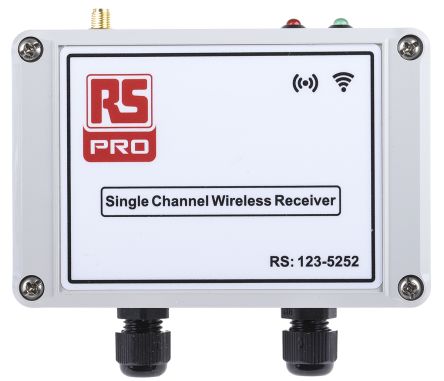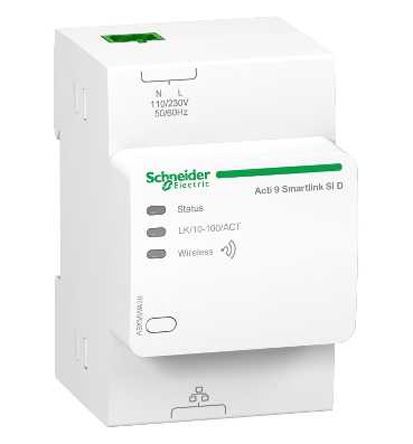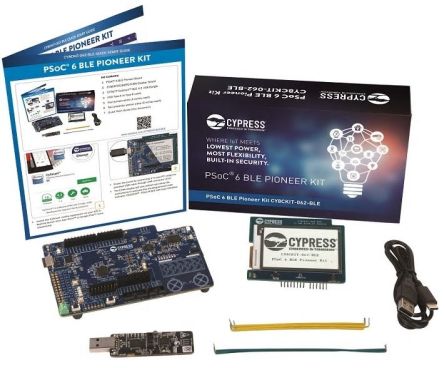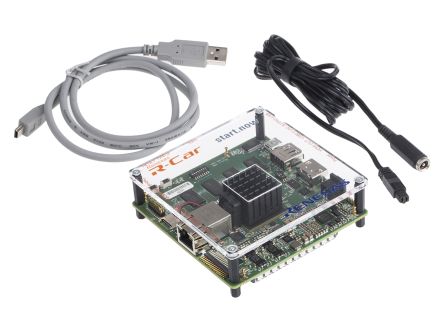
|
The Man being quoted
Welcome to ‘The Crystal’
One of the most sustainable buildings in the world with various design, engineering and technological features which are helping it to achieve the highest rating of ‘Platinum’ for LEED (Leadership in Energy and Environmental Design) and ‘Outstanding’ for BREEAM (Building Research Establishment Environmental Assessment Method).
We recently visited ‘The Crystal’ in London to talk to Chris Dillion, Head of Operations for Siemens, to talk about sustainability, the future of technology and what trends we can expect to see in the cities of the future.
Watch our video interview to learn more…
The hidden technology behind our smart cities
How often has a perfectly timed traffic light helped us get to work on time? Or do we think ‘it’s our lucky day’ when two long-awaited buses arrive in the pouring rain to clear the queue?
This is no longer the work of divine intervention – this is the result of intelligence in action. Behind the expanding urban landscapes, where 60% of the global population is forecast to live by 2050, lies hidden technology working under the radar to make cities more advanced.
We’re in an age where technology allows everyday activities to happen seamlessly – without giving it a second thought.
In the wake of urbanisation, the goal of a smart city is to enhance the quality of life and increase sustainability.
Technological progress, including the Internet of Things (IoT), sensors and other technology, connect components across a city to create new ways of resolving problems which are placing increased strain on many major cities.
Smart grids are another aspect of a smart city. An intelligent street light system, designed by the Dutch Delft University of Technology in the Netherlands, uses motion sensing technology to automatically dim street lights to 20% power when no pedestrians or vehicles are in the area. When movement is detected by the closest street light its output goes up to 100%.
This technology could also help save lives. If an ambulance is driving towards the hospital, sensors can provide real-time data from traffic lights on the way and map all roads leading to the destination. A message would then be sent to the ambulance informing which road to take.
Autonomous cars are also the future of smart city transportation. They’re capable of sensing their surroundings and navigating without human input thanks to a variety of techniques including radar, laser light, GPS and computer vision.
The World Economic Forum believes self-driving cars alone would reduce accidents by 70%, improve fuel efficiency by 20% and save about 1.2 billion hours of driving time over a period of 10 years.
When it comes to smart factories, we’re in the new era of Industry 4.0, where manufacturing moves beyond some of its former limitations by becoming more efficient, less wasteful, and much more productive.
The Industrial Internet of Things (IIot) is the use of IoT technologies in manufacturing. Smart factories physical manufacturing systems connected by AI, IoT and data, which teach the systems to work by themselves and make improvements without human involvement.
Meanwhile, a smart building’s infrastructure helps owners, operators and facility managers improve reliability and performance, which reduces energy use, optimises space and minimises environmental impact.
Business owners can oversee a building remotely with smart security systems that connect to cameras and view areas of the property straight from a smartphone. In a similar way, smart alarms keep buildings secure through the use of motion sensors or detectors, so it will instantly contact the owner’s smartphone if the alarms are triggered.
A smart building means you also won’t have to worry about replacing locks and keys, as smart locks and virtual keys could be your saviour. They allow you and your team to enter and leave the office without a key, as long as you have a smartphone on you.
Cities are the engines of modern society – they power the global economy, consume large amounts of resources, house the majority of the world’s population, and create much of the Earth’s pollution and emissions.
As it stands in 2017 there are around 180 urban areas across the globe classed as smart cities, but before reaching overpopulation, it’s vital that we optimise these parts of the world to make them smarter and better – and technology is helping us to achieve that.
Smart Cities
Smart cities centre on creating intelligent infastructure to sustainably accommodate the growing number of residents living in cities across the world.
Smart Factories
The factory of the future is an enviroment where machinery and equipment are able to improve processes through automation and self optimisation.Smart Buildings
Smart buildings are structures that seamlessly fulfil their main aim of providing comfort and protection, while also minimizing energy costs, supporting a robust electric grid and reducing enviromental impact. |
|
|
|
RS and TE Connectivity, working together to help you to design the home of tomorrow. |
